Today's Musing is about a new bread recipe I tried. I love seeded breads. I ran across this recipe that looked interesting, so I decided to give it a try. I made it as written except for a couple of changes listed below:
I did not use Flax Seed because I didn't have any in the house.
I omitted the Caraway Seeds because I don't care for them.
I have Ancient Grain Flour from King Arthur Flour. I reduced the rye flour by half and replaced with Ancient Grain Flour.
This is a large volume recipe, so I made a half recipe.
I completed the second proof of this bread in a rice flour dusted linen lined basket.
I topped the loaf with King Arthur Flour Artisan Bread topping. (assorted seeds)
I baked the loaf in my preheated 5qt cast iron dutch oven.
Baked covered at 475 degrees for 35 minutes and uncovered for an additional 15 min. (I think next time I will reduce the heat to 450 degrees, as the bottom was a little dark for my tastes)
Next time I will try a 1/4 recipe as a half recipe was still a large loaf. It nearly filled my dutch oven.
This bread is so delicious. If you like seeded loaves, this is definitely one to try. You don't have to make in the manner I did, you can follow the recipe as it is written.
Hope you enjoy this recipe and don't be afraid to individualize it to your tastes.
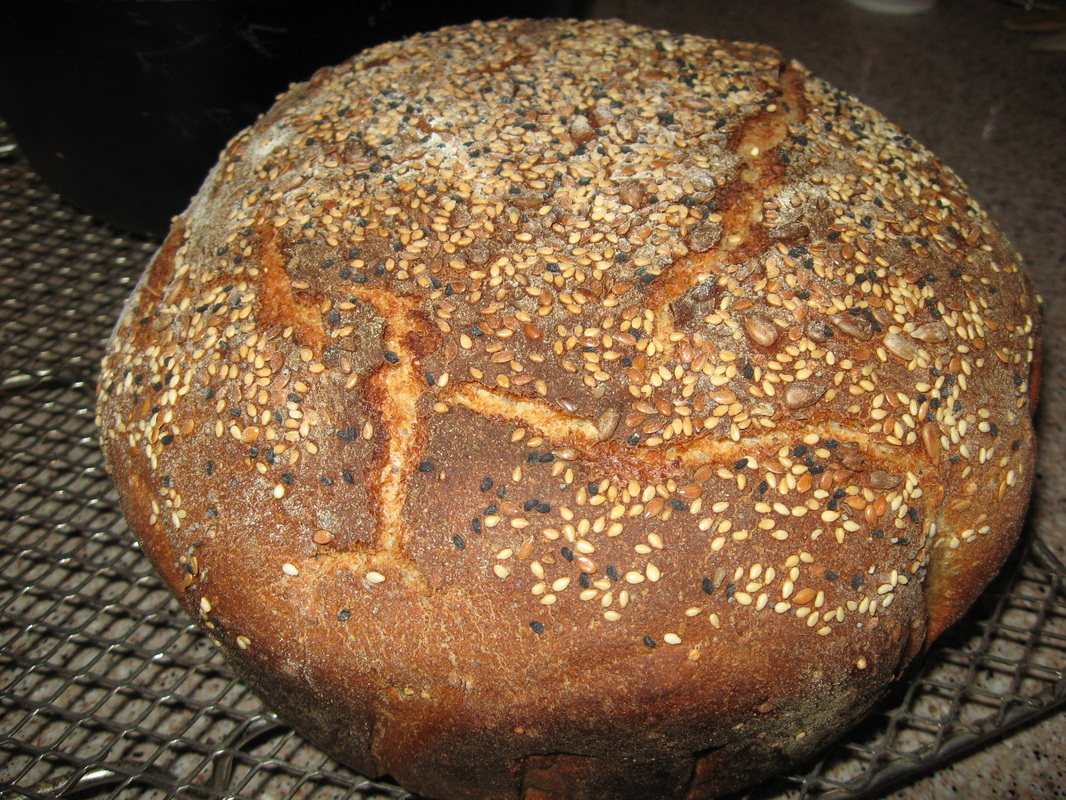
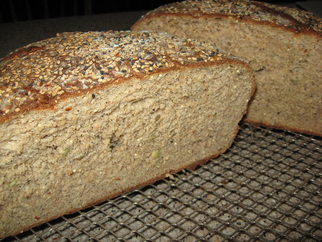
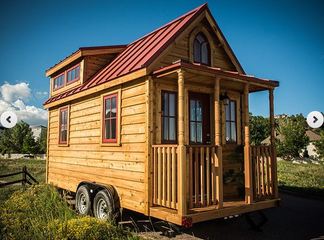




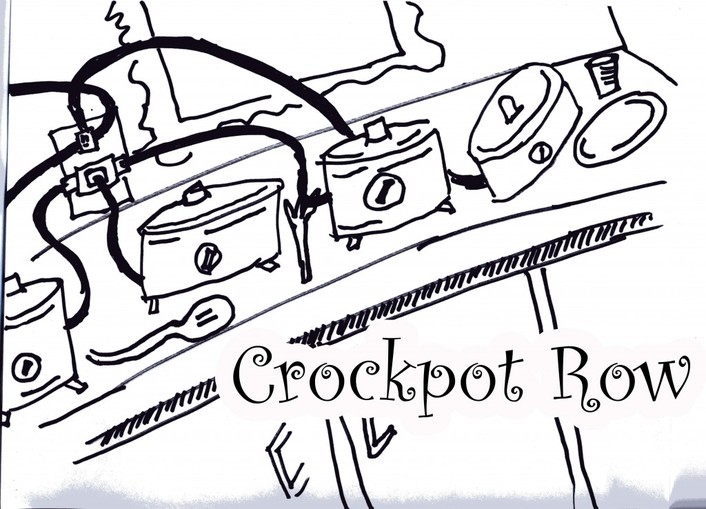
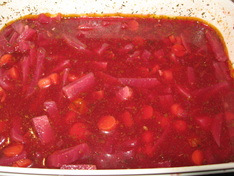



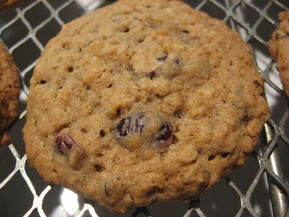
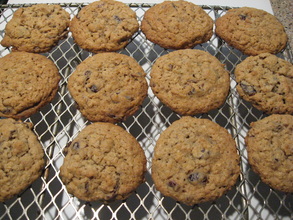
 RSS Feed
RSS Feed
